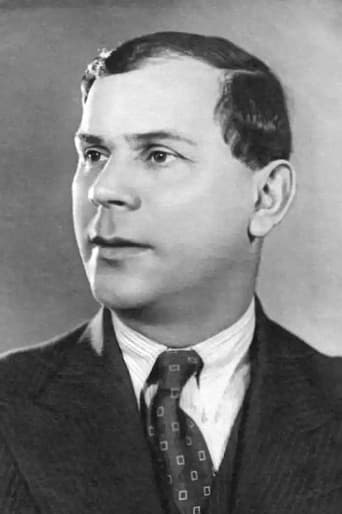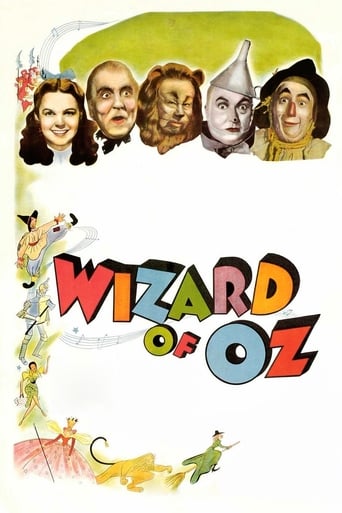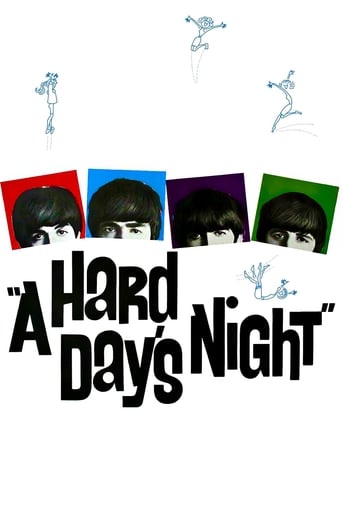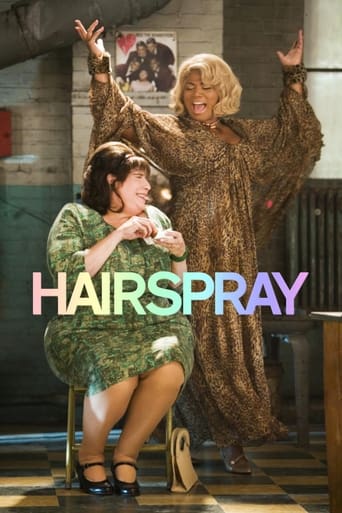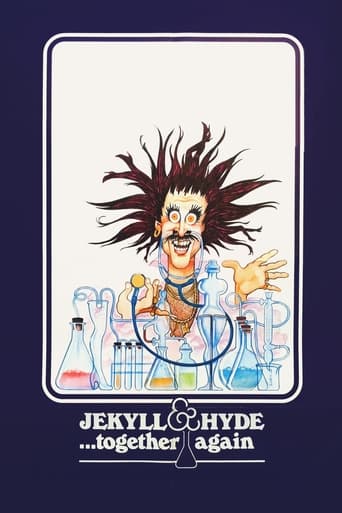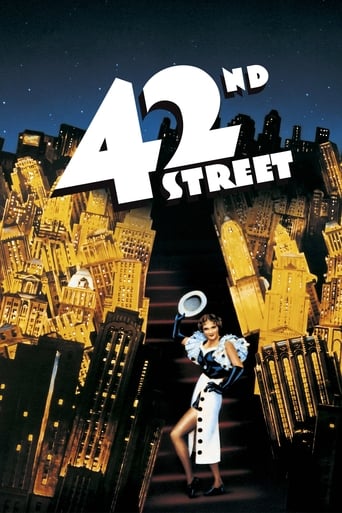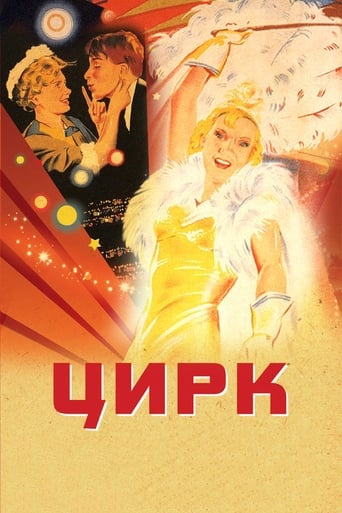
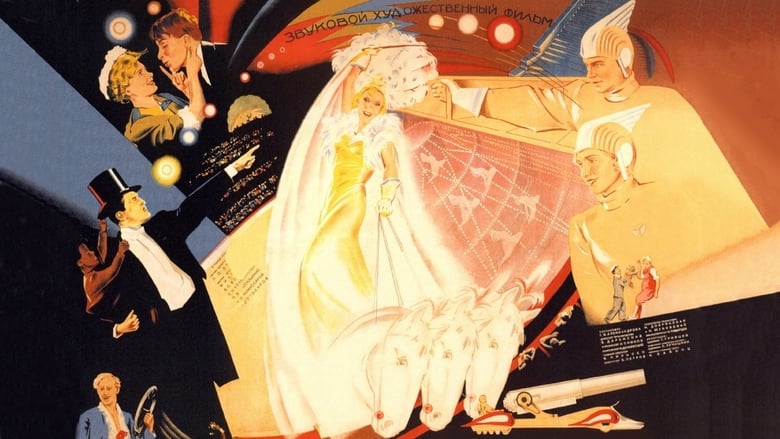
Circus (1936)
An American circus performer finds herself the victim of racism after it is revealed that she's the mother of a mixed-race child. In the midst of the public scandal, she finds happiness, love, and refuge in the USSR.
Watch Trailer
Cast
Similar titles
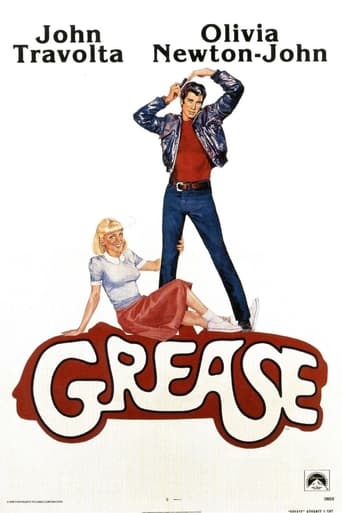

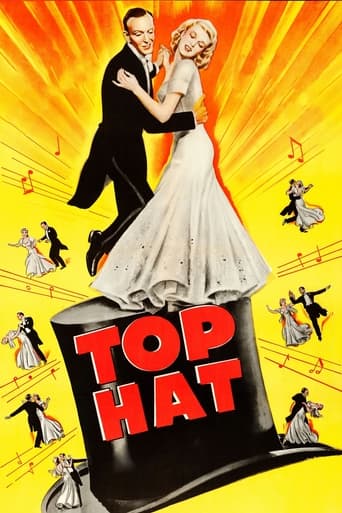
Reviews
Save your money for something good and enjoyable
a film so unique, intoxicating and bizarre that it not only demands another viewing, but is also forgivable as a satirical comedy where the jokes eventually take the back seat.
The movie's neither hopeful in contrived ways, nor hopeless in different contrived ways. Somehow it manages to be wonderful
A terrific literary drama and character piece that shows how the process of creating art can be seen differently by those doing it and those looking at it from the outside.
Circus is about an American dancer, who is touring through Moscow as a dancer in the circus. She falls in love with a soldier in Russia. It's discovered that she is the mother of an interracial child, which displeases her manager. She comes under attack from him, but she is ultimately accepted into the loving embrace of the Soviet people.The director of Circus Grigori Aleksandrov had a specific purpose when making this film - to show that the unity of the people could rise above any opposing force. The film serves as a propaganda piece for Russia, Stalin, and socialism. At the end of the film, when our main character is under attack from the villain, everyone in the circus audience quickly comes to her aid and hides the baby from hard. This represents the unity and equality of the Russian people. Everyone is equal and everyone is accepted. The film takes place in the 1930s, in Russia. Most of the action takes place within the walls of the circus. Although, at the end of the film, the whole group of performers and friends march through the streets of Moscow in praise of unity, communism, and Russia. I thought the movie was very interesting and thought provoking. Not only did it contain musical elements, but it also proclaimed an intense social message. I especially liked the story line, because it seemed unique and interesting - how many movies about American dancers in the Russian circus are there?I would definitely recommend this film to a friend because of the unique story, the 30s-era musical numbers, and the interesting social message. Not many movies usually spell out their message in such a way as Circus did. Imagine if every movie with an important social message had its characters run through the streets at the end, proclaiming the lesson learned!It's interesting to see a moment in time, in a country where the people are so passionate about unity. You know things were not this perfect in real life, but its fun to see a glossed over version of history - if only to recognize its weirdness.
Circus, or Цирк (Tsirk) in Russian, is one of Grigori Aleksandrov's musical comedies of the Stalinist era of the Soviet Union. As a work of state approved propaganda, the film seeks to glorify the socialist utopia of the USSR, where people of all races and classes are equal. While the film is set primarily at a circus in 1930s Moscow, however it opens in the United States, remaining there just long enough to demonstrate what the film will later show to be the extreme racial intolerance of the country.In the movie, American actress Marion Dixon (played by Lyubov Orlova) flees from an unknown scandal, shown in the film's typical over-the-top manner with an angry mob chasing her out of town. Eventually, Marion ends up performing at a circus in Moscow, staying there for a limited-time run with her stereotypically German manager. There, she falls in love with the dashing Ivan Petrovich Martynov, Red Army soldier, fellow performer, all-around perfect Soviet man. However, her controlling manager, language and ideological problems, and the aforementioned secret hang above her head, preventing that love from flourishing. After much goofiness, her secret is revealed to all: she fathered a child with an African-American man, a black baby. Much to the chagrin of her manager and even Marion herself, the noble Soviet people, as represented by the circus audience, love all children equally, and sing the child a lullaby in the many languages of the peoples of the Soviet Union. Finally learning what it means to be a citizen of the USSR, Marion and Martynov march together in the May Day parade through Red Square.All of this serves to emphasize the primary theme of the movie, the Soviet Union under Stalin is a utopian society where all are equal and accepted, regardless of race or nationality. This theme can be seen most in the characters. Marion, the American actress, comes to Moscow belittled and made to feel inferior by her own country and her German manager because of her child. She knows little of socialism or even the Russian language. As the film progresses however, she begins to learn both of the language, and the society it symbolizes. She strives for the love, and the perfection, of Martynov, and in so striving becomes an equal part of the collective, as shown by the parade ending the movie. The German manager however is devious, racist, threatening, and literally self-inflating, the foil to the perfection of the Soviet Union. This pro-Soviet anti-German characterization is powerful for the time, with the USSR preparing for the soon-to-come German invasion. Finally, the audience of the circus serves as the final major character, rejecting the racism of the German and showing the citizens of the Soviet Union to be both diverse and tolerant, unlike the citizens of Germany and even the United States.Overall, I found the film to be amusing, with above-average music and impressive set-pieces. However, despite its overtly positive demeanor and often effective comedic gags and music, there is something chilling lurking beneath the surface of Circus. In a film trumpeting the inclusiveness of the Stalin-era inclusiveness, the deletion of the final song sung in Yiddish and the execution of the man, Solomon Mikhoels, who sang it serves as a grim reminder of the almost insane hypocrisy of the film, and indeed the era of Soviet history as whole. The institutionalized racism and Anti-Semitism of the Soviet Union stands in direct contrast to the themes of the movie. Although it has little to do with the quality of production of the movie itself, I feel the weight of that fact hang like a chain from what would otherwise be a somewhat silly, buoyant piece of harmless comedic propaganda. However, the chain is well-deserved, and I could only recommend this film in good conscience with background information about the reality of race relations in the age of Stalin.
The Circus (1936), directed by Grigori Aleksandrov, is a Soviet propaganda piece that reflects a growing ideology of Russian nationalism. American performer Marion Dixon, with her German manager Von Kneishitz, tours the Soviet Union performing her popular circus act. While in Moskau, she falls in love with Martynov, an engineer and fellow circus performer. When the jealous Von Kneishitz discovers the romance, he threatens to reveal Marion's darkest secretthat she has an interracial baby. However, Von Kneishitz is defeated when Martynov and the entire circus audience accept Marion and her baby as part of the Soviet state.This film is Aleksandrov's obvious attempt at Soviet propaganda; yet, regarding the film just as a propaganda piece is a mistake. The purpose becomes much more than just depicting communist Soviet Union ideology. It comments on comedy, the Hollywood film and, more importantly, racism and sexism. Consequently, through the representation of various themes, Aleksandrov is able to create multiple meanings that transcend the superficial title of "propaganda film." Taking place in contemporary (1936) USSR, the film centers on Marion Dixon, an American, who represents a foreigner in the Soviet Union. After fleeing America for having an interracial baby, Marion meets Von Kneishitz, a German, who becomes her manager throughout her tour of Russia. Von Kneishitz loves Marion and is very overprotective over her which causes conflict between the two characters. In Moskau, Marion meets an engineer named Ivan Petrovich Martynov with whom she falls in love. When the circus director views the American's circus performance he decides he wants to copy it. Recruiting his daughter Rayechka, his daughter's lover Skamejkin, and Martynov, the circus director develops a show similar to Marion's show. As Martynov and Marion become close, Von Kneishitz becomes jealous and blackmails Marion. Unable to see Martynov for fear of her secret being revealed, Marion writes him a note which leads to a complicated misunderstanding with Rayechka and Skamejkin. After Rayechka clears up the misunderstanding, she persuades Marion into pursuing the love of Martynov. After Marion and Martynov finally rekindle their love, Von Kneishitz reveals to the entire audience that Marion has an interracial baby. However, the Soviet people and state accept Marion and her baby.One major theme that appears at the end of the film is that a communist state accepts all outcasts of the capitalistic world because of the climactic musical scene. Marion, who is shown running away from an American mob for having an interracial child at the beginning of the film, is portrayed as an outcast from her own country. Even in the Soviet Union she is portrayed as strange because she has difficulty speaking the Russian language and wears "Western" clothes. It is because she has been an outcast in America and feels like one in the Soviet Union that she does not reveal the secret about her child. However, the plot at the end of the film changes when Von Kneishitz reveals her secret. To Marion's surprise, the Russian people do not reenact the scene at the beginning of the movie. In fact, the scene is completely opposite. The baby and Marion are accepted. This moment provides an interesting transition in the plot. Through the singing of the song, "Shiroka strana moja rodnaja"/"My wide home country," the Russian people become characters within the film and also representations of the communist state. Through the portrayal of Russians from various backgrounds, regions, races, and religions, the director suggests that there is a unity within the Soviet Union. While each region has its own language and dress, they are still united in their belief of acceptance of difference, their Russian nationality, and, most importantly, their communist ideals. By passing around the baby and singing a popular nationalist song, the people are accepting Marion and her child while also assimilating them within the culture. As a result, the beginning and ending scenes are meant to contrast capitalist and communist ideals: the west is racist and not accepting of difference, while Russians are accepting of others. The ending musical scene is able to create a sense of community and friendship, while the beginning mob scene is chaotic and scary. While the musical scene does have a "mob" of people, this mob is of peaceful, accepting people who do not chase and ostracize Marion like the American mob. Instead, Marion and her baby become a part of the collective mob which indicates a communist state of acceptance.As a big fan of musicals, I really enjoyed the film. The Berkeley-like dance scene was particularly beautiful. The complicated choreography alone makes the film worth watching. Furthermore, the music is enchanting. The rendition of "Shiroka strana moja rodnaja" in different languages and dialects provides an interesting look at Russian culture.Even though the film is an obvious propaganda piece, I enjoyed many aspects of it. As mentioned before, the musical and spectacle aspects of the film are great. Also, the beautiful Lyubov Orlova as Marion Dixon shines. Although her American accent is not great, she does give a great performance as a conflicted, ostracized circus act.I would recommend this film to my friends, especially those who enjoy the Hollywood musicals of the 1930s and 40s. It is also a good film that illustrates the power of propaganda during Stalin's time. Whether one views the film as a musical film or as a propaganda piece, the film is still worth watching as a representation of Russian cinema in the 1930s.
It`s funny to see Americans so picky about this movie, when Russians at than time and still are portrayed much worse in Hollywood productions. It`s either gangsters or drunk "comrades". Also I have to add that the famous singer Paul Robson was living some time in Soviet Russia and sent his son to Soviet high school. In later interview the son told BBC that it was the only time when he didn`t felt subhuman in his entire life. There`s the racism for you ! As for the Stalin - people didn`t know anything at that time and were just rebuilding the country that was finally theirs, so the jubilant scenes are absolutely rightful,they were supposed to gratify people for their immensely hard work and show what they have already achieved. Plus the march scenes are not a bit more silly than for example "water games" shot in Hollywood and featuring just diving, swimming an endless liters of colored water and smoke. I have to mention the actress in lead role - Orlova. She was a prime dancer of the Soviet cinema. Film features one shot that shows just how great her talent as an actress was. When she dances on the cannon, it`s closed with a thick glass and lit up from inside. The glass during the dance heated up, and when she sits down she actually sits on something like an oven ring. But she continues to sing !! You can only note the slight trepidation in her voice if you know about the accident, otherwise it`s seamless !Overall, this movie has to be taken along with the context and ability to be fair both ways. After all, Stalins face was used by filmmakers as a means to get their films through,so you can just peel that away as an ugly wrapping.

